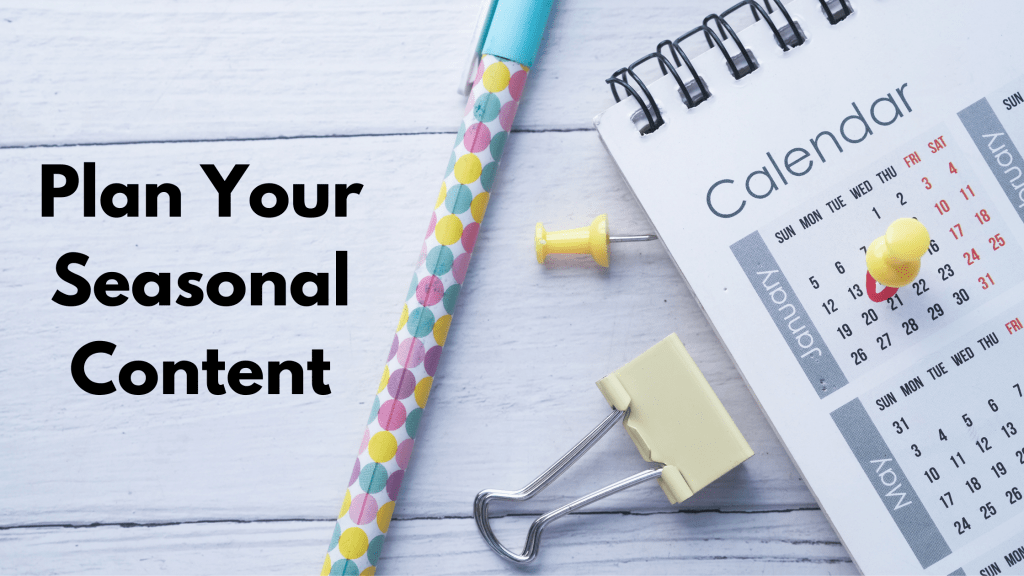The New Year provides a great opportunity to consider a fresh approach to and bring fresh onus to the search engine optimisation of your website. As Google’s search engine indexing algorithm evolves the scope for SEO work continually expands. There are of course some fundamental SEO techniques such including key words within meta data and page headings that should not be ignored however there are countless other ways in which a website can be search engine optimised that are often neglected. Here are my 5 SEO techniques to consider trying in 2021.
Add landing pages for each specific service you offer or location you work in
This one may seem obvious, however, often you can squeeze more metaphorical blood out of the stone in this particular technique and it is certainly worth doing so. For example, if you are a business offering carpentry services in Southern Wales you should be considering how you can break down all of the different services you offer as this will often correspond with search queries. You may offer repair services from floors to doors to beams. You may also offer construction or installation services. All of these should be broken down into individual services e.g “garden shed building”. By making a landing page directly for this particular service you will be able to tailor the page to by indexed highly for numerous key words and search terms around garden shed building. Alternatively, you can assess and break down the geographical locations that your business covers. In this carpenter example, you could create bespoke landing pages for a ‘carpenters in Cardiff’, ‘carpenters in Swansea’, ‘carpenters in Camarthen’ etc. Within these pages, you can outline the services you offer and optimise focused page sections around phrases such as “garden shed Cardiff”.
A consistent challenge SEO poses is to try and incorporate key words without compromising on the quality or aesthetics of your website content. By building specific landing pages in the name of SEO you can focus on the key words and bury the landing page in your website either by not adding it to the website menu at all or by making it as a blog article. N.B remember to include lots of links to the other pages of your website.
Redress your current webpage content
For Google’s search indexing system relevant and up to date content is king. If you simply build a webpage and do not touch it for years on end, Google will notice! The more you update your webpage content and add to it the better although doing this on a daily or even weekly basis is understandably unfeasible for many. Set yourself a goal to tweak each webpage once every 6 months or so, even if it is just to change some phrases or add a sentence or two. This will stop your content from being earmarked as stale.
In addition to keeping your content fresh, you should be continually assessing how you can add content to webpages. Naturally, the more content a webpage has, the more favourably Google will index it. As a rule of thumb it is worth aiming to have at least 500 words or so on each of your main webpages.
Resize your overlarge images
Another factor Google takes into account when indexing websites is their page speed. The faster the better. Time and time again the page speed will be obstructed and restricted by huge images that have been added to the website. There are lots of free resources online that allow you to upload and resize an image without sacrificing the image quality. Tiny PNG and Pic Resize are two that I have used in the past. Try running a Google speed test on your webpages before and after re-sizing your images and see if you can make an improvement as this will undoubtedly not only improve your Google Search Engine index standing but it is also likely to encourage conversions on your website.
Change your Image filenames
Another image one, and also one that you can do in conjunction with the image re-sizing. Unless you are a true beginner at SEO I’m sure you will know about optimising image alt tags by now, however what people often don’t realise is that Google also takes into account image filenames. Therefore, to get the most SEO potential out of your images you should change their names to reflect any key words you are aiming to rank for. It is best to use the same or similar key words to the ones you have used in your alt tags for the image as this will only serve to catalyse the optimisation of the image for those phrases.
Register your Business via Google My Business, Bing Places for Business and Apple Maps
If your business has an office or location, Google My Business, Bing Places for Business and Apple Maps present a fantastic option for SEO that does not involve your website. By creating an account on these platforms and registering/verifying all your locations and addresses you will ensure you have a good chance of appearing within the results of any local searches for your services.
Add images, services and contact details to these listings to further optimise them so that when people are searching for a particular service in a particular location your business will appear and be easy to contact. Although Google My Business is arguably the most important of these listings, as Apple products, and Iphones and Ipads in particular, continue to be increasingly used, it is becoming more and more valuable for businesses to be listed.
If you need further help or advice on the techniques above, on general SEO or any digital marketing then get in touch with us.




